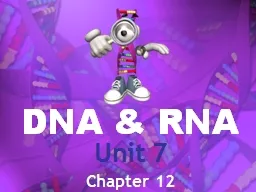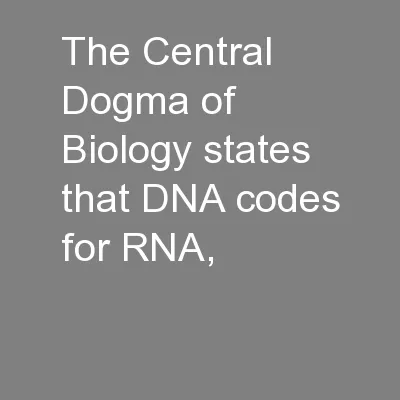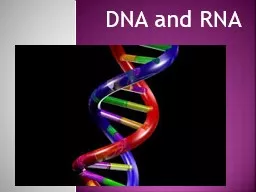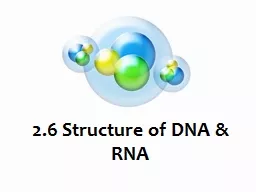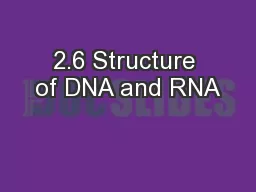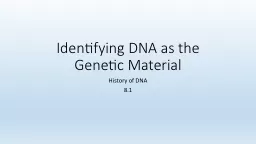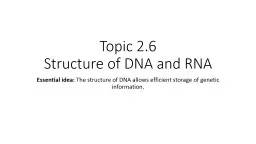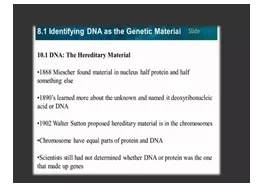PPT-GENETIC MATERIAL (DNA/RNA)
Author : grace3 | Published Date : 2024-01-13
INTRODUCTION In 1865 Mendel showed that genes transmitted genetic information and in the first part of the 20 th century their patterns of transmission were studied
Presentation Embed Code
Download Presentation
Download Presentation The PPT/PDF document "GENETIC MATERIAL (DNA/RNA)" is the property of its rightful owner. Permission is granted to download and print the materials on this website for personal, non-commercial use only, and to display it on your personal computer provided you do not modify the materials and that you retain all copyright notices contained in the materials. By downloading content from our website, you accept the terms of this agreement.
GENETIC MATERIAL (DNA/RNA): Transcript
Download Rules Of Document
"GENETIC MATERIAL (DNA/RNA)"The content belongs to its owner. You may download and print it for personal use, without modification, and keep all copyright notices. By downloading, you agree to these terms.
Related Documents


